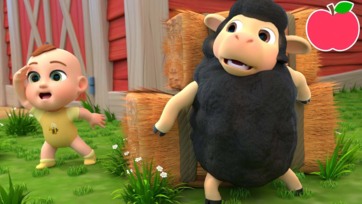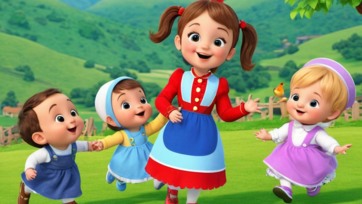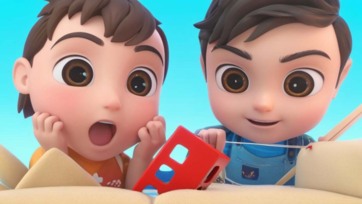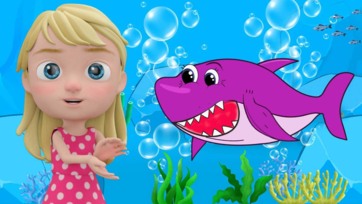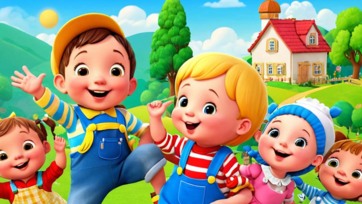The History of the "Finger Family" Nursery Rhyme
"Finger Family" is a popular nursery rhyme that has brought joy to children worldwide for generations. This simple yet entertaining song helps children get to know family members and develop fine motor skills. Let's explore the history, melody, and significance of "Finger Family."
*Origin and History* The exact origin of "Finger Family" is not entirely known, but it became widely popular in the latter half of the 20th century. Due to its simplicity and repetitive nature, the song quickly spread across various cultures and has been translated into numerous languages.
*Melody and Lyrics* The melody of "Finger Family" is easy to remember and is often sung to the well-known tune of "Frère Jacques." The lyrics are as follows:
Daddy finger, daddy finger, where are you?
Here I am, here I am, how do you do?Mommy finger, mommy finger, where are you?Here I am, here I am, how do you do?
Brother finger, brother finger, where are you?
Here I am, here I am, how do you do?Sister finger, sister finger, where are you?
Here I am, here I am, how do you do?
Baby finger, baby finger, where are you?Here I am, here I am, how do you do?
During the song, each finger is presented one by one, helping children learn the names and roles of family members.
*Significance and Uses* The "Finger Family" song is important for children's development in several ways:
1. *Language Skills Development*: The simple and repetitive lyrics help children expand their vocabulary and develop language skills.
2. *Fine Motor Skills Development*: Using and moving fingers enhances fine motor skills, which are crucial for later writing and hand dexterity.
3. *Understanding Family Relationships*: The song helps children get to know and understand the roles and relationships of family members.
4. *Rhythmic Sense Development*: The rhythmic nature of the song aids in developing children's sense of rhythm.
*Modern Adaptations* The "Finger Family" song has appeared in numerous modern adaptations, especially on online platforms like YouTube. With colorful animations and various musical styles, the song has become even more appealing to children. These adaptations contribute to the song's growing popularity and reach children worldwide. "Finger Family" remains a timeless classic, playing a vital role in educating and entertaining children. This song not only brings joy but also aids in children's development, teaching them the importance of family relationships and fine motor skills.

